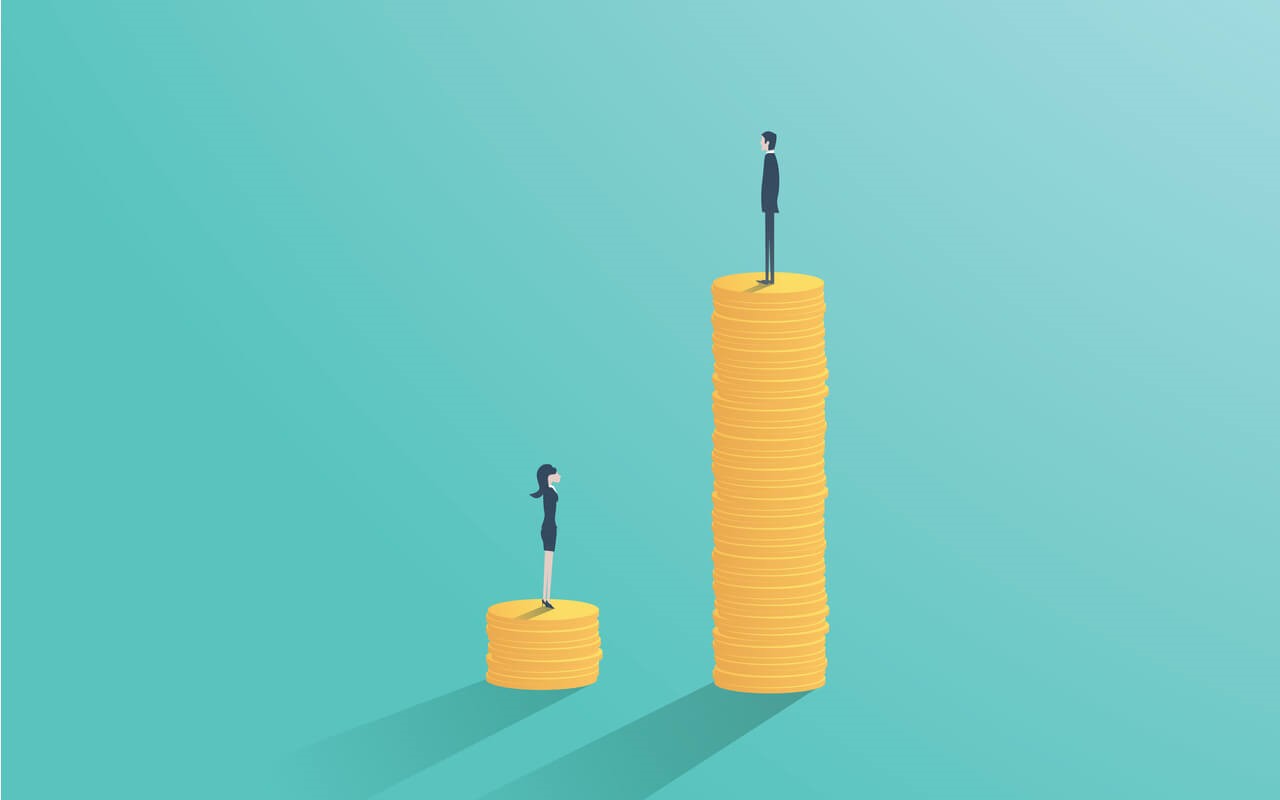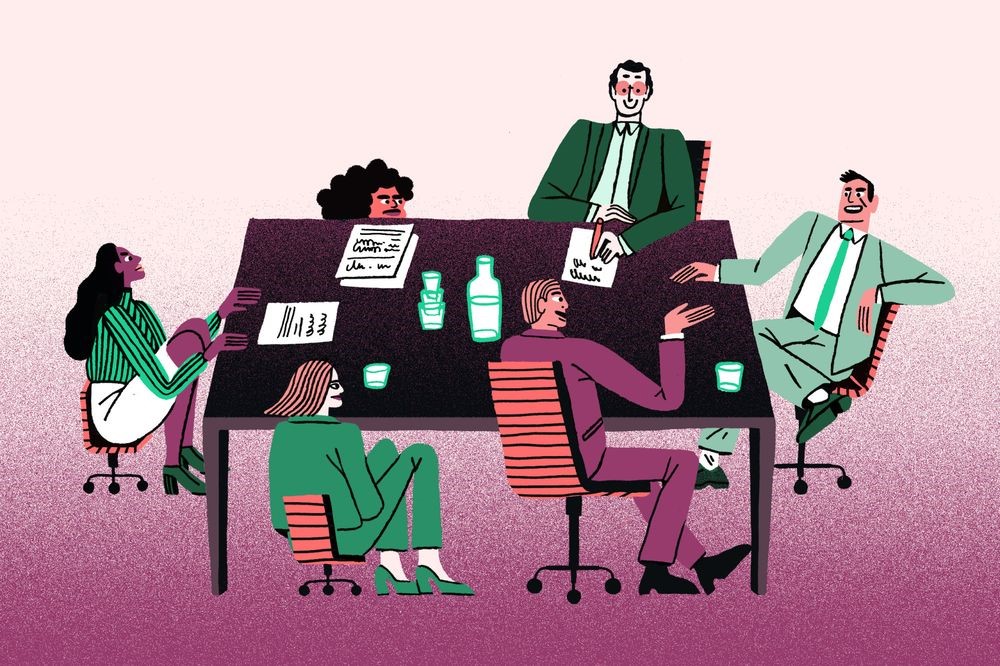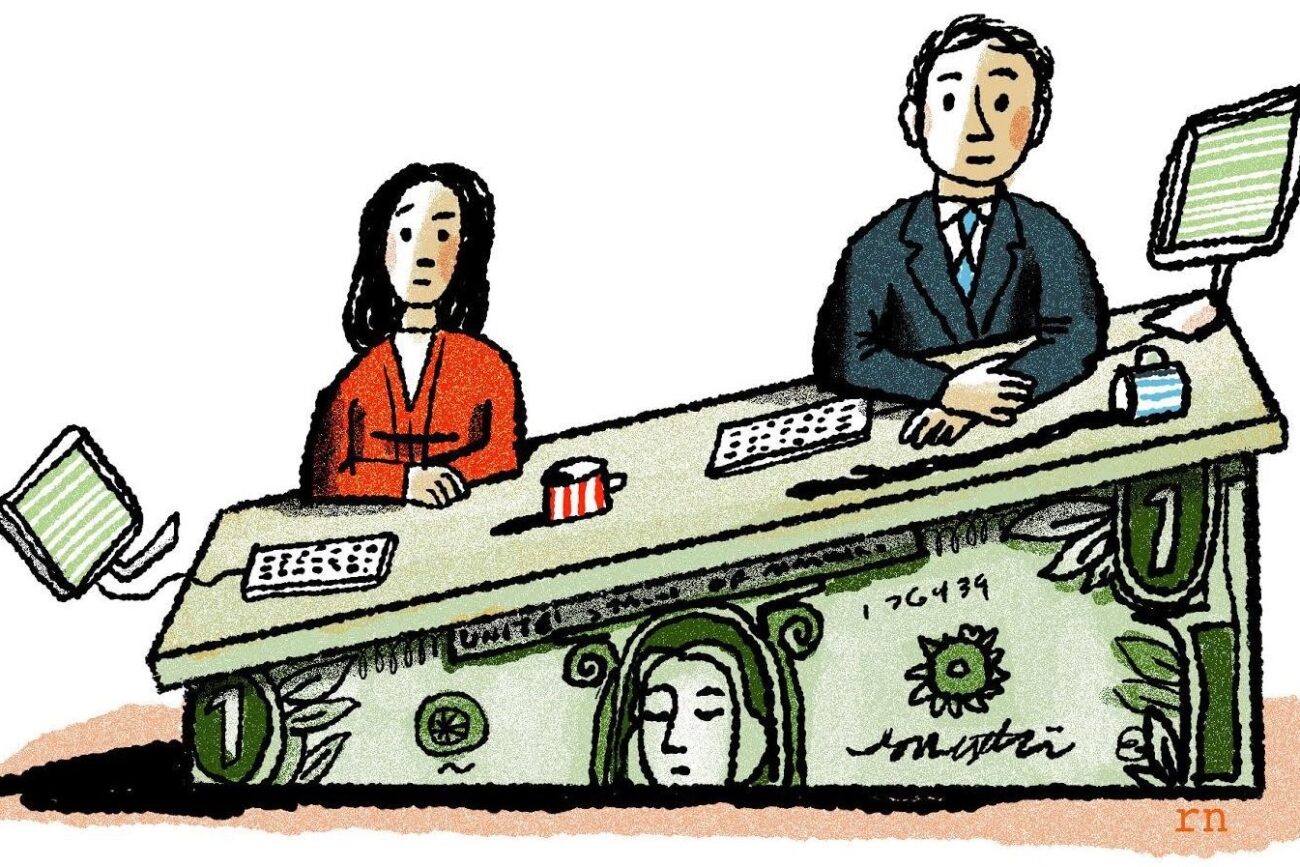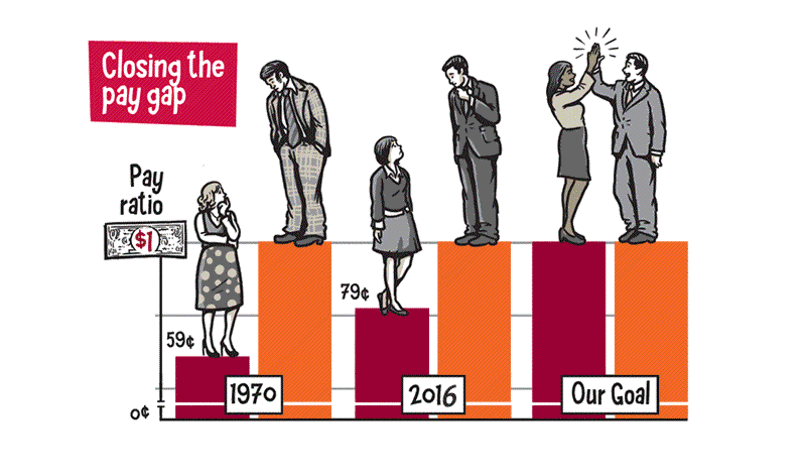
What does equal pay mean?
Equal pay means that both men and women have the right to receive the same amount of compensation for work that has equal value. A man and a woman working in the same field and the same job should therefore be receiving the exact same income. Even men and women working in different jobs deserve the same income if the work they are doing is of the same value.
When is International Equal Pay Day?
In 2019, the UN General Assembly’s 74th session adopted a resolution that decreed 18 September as International Equal Pay Day to signify that the issue of pay disparity exists globally and needs to be addressed globally. The resolution was introduced to the General Assembly with the support of Australia, Canada, Germany, Iceland, Panama, New Zealand, South Africa and Switzerland as well as the support of many employment organizations and businesses around the world.

Why is this day necessary?
This day is necessary because of the fact that women as a group get underpaid across the world either due to their relegation towards specific professions which are seen as “women’s work” and are underpaid as a whole or due to their differential pay in the same job titles. Research has shown that women are more likely to work in more vulnerable conditions than men, receive less pension coverage, be pushed towards part-time work rather than full-time arrangements and be more impacted by the decision to have children. It is therefore important that women be paid the same for the same value of work, regardless of profession or industry.
When one takes into account other compounding issues such as racial pay inequality or discrimination against refugees and migrants, the pay disparity only increases. In the United States in 2019, compared to each dollar made by a white, non-Hispanic man, Asian American women made $0.85, black American women earned $0.61, Native American women earned $0.58 and Latina women earned $0.53. Also in the United States in 2019, for every dollar a father made, a mother made $0.69.

How long have women been fighting for equal pay?
The work towards equal pay started back in 1951 when the Equal Remuneration Convention was adopted after the Second World War. During this time, women were working in the labor force in place of men who had joined armies. Women were leading production and it was clear that they were not being paid the same kind of wages as men who had occupied the position before them. The push for equal pay started then and continues to be very important today.
The United States has recognized the National Pay Inequality Day or Equal Pay Day since 1966 when the National Committee on Pay Equity pushed of its creation. On this day, equal pay organizations around the country push for the awareness regarding pay inequality between men and women, which is widened for women of color. The chosen day for the U.S.’ national celebration is Tuesday as an indication of how many extra days women have to work to make what men made the week before.
The gender pay gap does not just exist in the United States however, and so it is important for countries across the world to recognize that this issue exists and needs to be fixed.

What is the pay parity situation like in Pakistan?
Pakistan has one of the highest gender wage gaps in the world. Women earn 34 percent less than men across the country. This is more than double of the global average gender wage gap. 90 percent of Pakistan’s lowest earning 1 percent constitute of women due to informal labor, invisibility of female work, unpaid family work, refugee experiences, part-time work, weak technical training, lower education rates, relegation to specific underpaying careers and discrimination even within similar career lines as men.
The gender pay gap in Pakistan reflects a bigger issue of lack of economic participation in the country. Only 26 percent of the Pakistani labor force is comprised of women, of which 73 percent are in the agrarian industry. Pakistani women with more than 10 years of education are very likely to be unemployed or underemployed and even when they are working, to have longer hours and less pay than their male counterparts.

What can I do?
Educate yourself on the reasons behind the gender wage gap, why it exists and the kind of impact it has on the lives of women who are either not paid enough or made to work more than men to earn the same amount.
Understand how this gap interacts with maternity as this is one of the biggest arguments made by those who pay women less than men.
Pledge to pay your female household help the same amount as your male household help for the same value and time of work.
Use your position to convince your place of work or family members to pay their female employees and female informal labor fair wages.
Support female education and technical training in whatever capacity you can as more women moving into the formal workforce and STEM will create a visible push for equal pay.
Useful links:
https://www.bloomberg.com/news/articles/2018-05-23/why-some-people-don-t-believe-in-the-pay-gap
What is Equal Pay?
The Challenge
http://www.equalpaytoday.org/equalpaydayshttps://undocs.org/en/A/C.3/74/L.49https://www.ilo.org/islamabad/info/public/pr/WCMS_651658/lang–en/index.htm
https://asiapacific.unwomen.org/en/countries/pakistan/wee/wee-participant/employment-and-earnings
https://www.bloomberg.com/news/articles/2018-05-16/the-surprising-origins-of-the-gender-pay-gap
https://news.cornell.edu/stories/2019/02/gender-pay-gap-shrinks-when-companies-disclose-wages
https://medium.com/inclusion-insights/how-companies-committed-to-inclusion-should-be-measuring-pay-6248e32fcfdd
